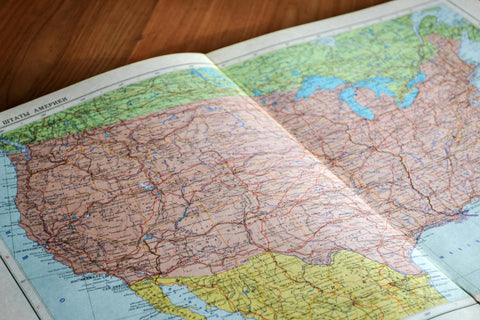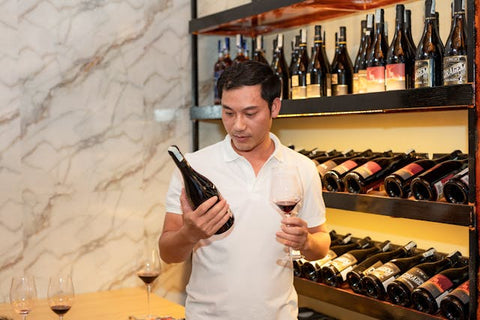So, you’ve decided to make a wine that’s more about the story on the label than the grapes in the bottle? Well, you’re in luck! Here’s your step-by-step guide to crafting a wine that proudly bears your local address while keeping the true origin of your grapes a well-guarded secret.
Step 1: Master the Art of Labeling
To legally keep the origin of your grapes a mystery, add the phrase “For Sale in [Your State] Only” to your wine label. This magical incantation restricts your wine's distribution exclusively within the state, sidestepping federal regulations that would otherwise require you to disclose where your grapes were grown. Important note: This label means your wine cannot be sold in any other state. By limiting sales to your state, you can use grapes from anywhere and still present your wine as a local gem.
Step 2: Use Iconography to Your Advantage
The right imagery can do wonders for your wine's mystique. Load up your label with state-specific symbols—think iconic landmarks, native flora, or revered local figures. For example, if you’re in Texas, slap on a big ol' Texas star or an image of the Hill Country. This clever use of iconography helps reinforce the idea that your wine is as local as the Lone Star State itself, even if the grapes aren't.
Step 3: Craft a Compelling Backstory
Consumers love a good story, so give them one! Dedicate a few lines on the back label to a heartwarming tale. Perhaps your wine is inspired by a local artist who captured the essence of the region in his work. Mention the winemaker’s connection to the state, even if the grapes aren’t part of that connection. A touching narrative can go a long way in persuading customers that your wine is a genuine product of the state.
Step 4: Emphasize Your Local Address
Listing your winery's address prominently on the label is a must. Make sure it’s clear that your operation is firmly rooted in your state. This helps bolster the illusion that your wine is as local as your mailing address, even if the grapes aren’t. Remember, though: Your wine can only be sold within state lines.
Step 5: Avoid Mentioning Grape Origins at All Costs
When promoting your wine, focus on everything except where the grapes come from. Talk about the winemaking process, the people behind the wine, or the beautiful scenery surrounding your winery. The goal is to create an association between your wine and your state without ever touching on the origin of the grapes.
Step 6: Handle Queries with Care
If someone dares to ask about the origin of your grapes, you have options. You can dodge the question, redirect to the winery's location, or give a vague response. The less said, the better. Transparency is overrated when your goal is to keep the true source of your grapes under wraps. **And don’t forget: Keeping things vague is key to ensuring your wine remains “For Sale in [Your State] Only.”
Step 7: Price Your Wine Smartly
Now that you’ve got your wine in the bottle and the label sorted, it’s time to price it right. Use your state’s premium reputation to set a price point that reflects quality—just make sure it’s not so high that customers start to question what’s really in the bottle. A sweet spot around $10-12 per bottle is usually enough to keep the masses happy while maintaining healthy margins.
The Power of Perception
Congratulations! You now have the blueprint to create a wine that proudly bears the name of your state without the pesky obligation of disclosing where your grapes really come from. But remember, your wine is strictly for sale within your state’s borders. With the right label, origin story, and marketing (Money Mailer!), you can command a premium price for a wine that’s all about perception. Just like…well, we’re not going there. At least not today.




评论 (0)
这篇文章没有评论。成为第一个在此留言的人!